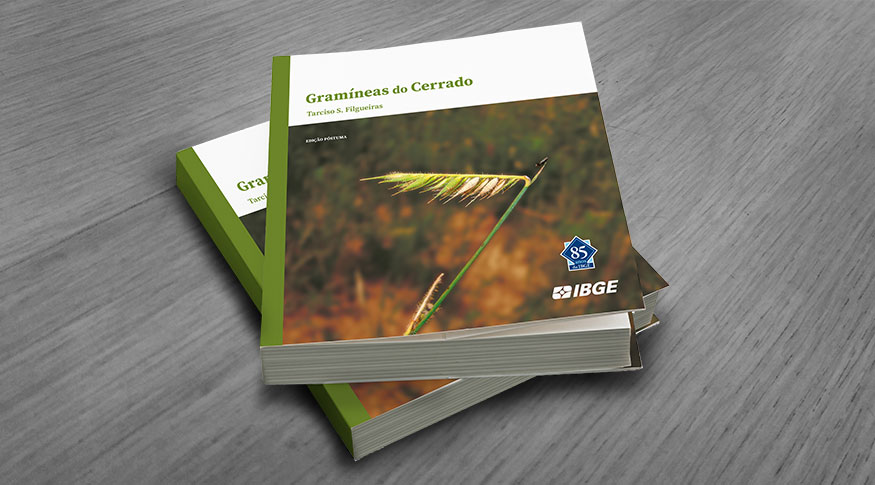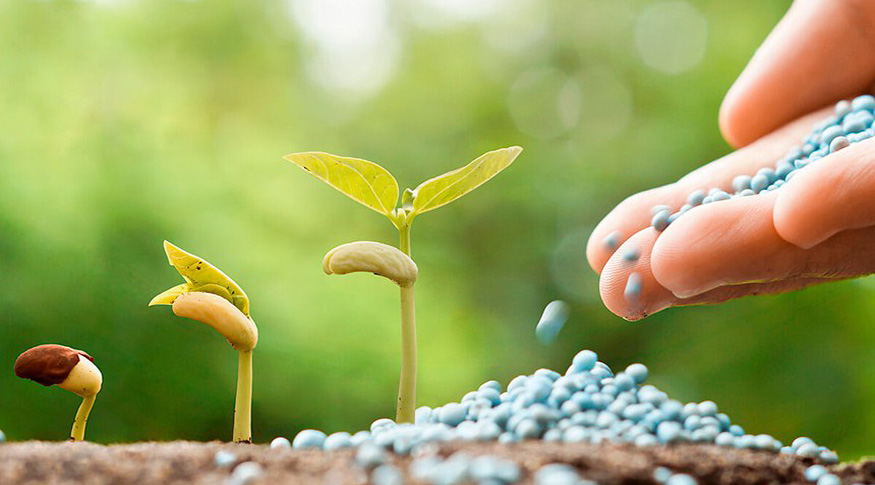Meio ambiente
IBGE releases book with a catalog of more than 500 species of graminaceous plants in the Cerrado
June 28, 2021 10h00 AM | Last Updated: June 29, 2021 02h51 AM
Highlights
- IBGE releases book “Graminaceous Plants in the Cerrado”, a posthumous publication by Tarciso de Sousa Filgueiras.
- Filgueiras, na agronomist and PhD in Vegetal Biology, was a researcher of the IBGE Ecological Reserve, where he inventoried the Cerrado flora and the graminaceous plants collection of the IBGE Herbarium.
- The book catalogues 532 species, distributed among 117 genders, 28 tribes and 8 subfamilies.
- Graminaceous plants are among the ten botanic families with most species in Brazil.
- These plants are direct contributors to agriculture, since they represent important products such as wheat, barley and rice.
- Another highlight is sugarcane, which is used not only as food but also an important source of biofuels.
- Bamboo should me mentioned too, as it is widely used in civil construction.
The IBGE releases today (28) the publication “Graminaceous Plants in the Cerrado”, a posthumous edition of the work by Tarciso de Sousa Filgueiras, agronomist and researcher of the Institute, who died in 2019. With more than 600 pages, the book compiles diverse information about the groups in this Family of plants found in the Cerrado biome. The work will be launched tomorrow (29), at the National Congress of Botany.
Considered one of the major experts in graminaceous plants in Brazil, Filgueiras worked in several research institutes and universities. He was a researcher at the IBGE Ecological Reserve for 16 years, having inventoried the Cerrado flora.
Leonardo Bergamini, manager of Natural Resources at the IBGE, says this work represents great contribution to research about Brazilian vegetation and to society. “It is a real treaty on this family of plants in the Cerrado, with a lot of literature and information about the species surveyed.”

Abundant and diverse, graminaceous plants have great ecological and economic relevance
Graminaceous plants belong to the Poaceae family, one of the most diverse and widely distributed all over the world. They are part of the ten families with most species known in Brazil, being present in all the biomes in the country. The book approaches plants in the Cerrado Biome, where filed and savannah-like formations prevail. These plants are also represented in underwood and rainforests and by bamboos.
Their relevance goes beyond ecological aspects: graminaceous plants have contributed directly to agriculture in human development, by means of food products such as wheat, corn, barley and rice. Sugarcane is also part of this family, which, besides being used as food, is an important source of biofuels. Bamboo, which is widely used in civil construction, is also a graminaceous plant. In the Cerrado and, mainly in the biomes Pantanal and Pampa, natural pastures of native graminaceous plants are traditionally used for raising cattle.
“The book is widely contextualized in bibliographical terms and has an encompassing introduction about the author’s family, importance and studies, besides the identification and botanic descriptions of more than 500 species,” Bergamini says. A total of 532 species, distributed among 117 genders, 28 tribes and 8 subfamilies are listed in the book. Most of the material researched can be found in the IBGE herbariums in Brasília and Salvador, which are available for public access at the JABOT digital database.
The publication also presents, in its appendix, an overall view of the content in and a summarized explanation about collection techniques for taxonomical, anatomical and cytological studies. “The support team to the publication of this work revised all the material organized by the author and kept the text as similar as possible to the original version, except for the update of some information. Besides valuable technical material, this publication is a tribute to this important researcher and co-worker who contributed so much to increase our knowledge of biodiversity and to build the rich collection of herbariums in Brazil and abroad,", Mr. Bergamini adds.



















